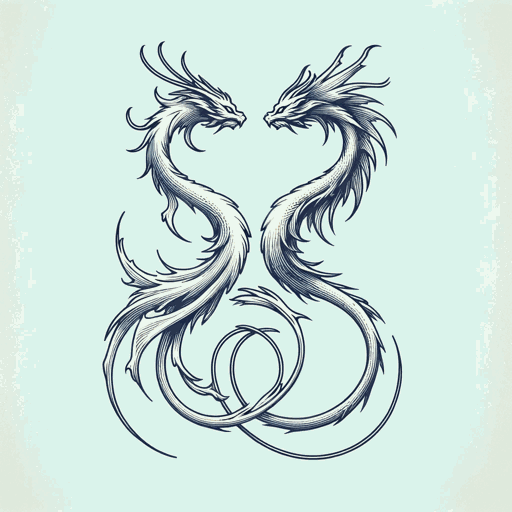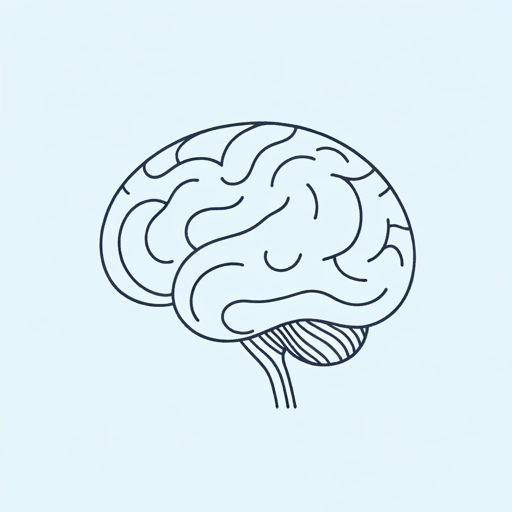44 pages • 1 hour read
Madeleine L'EngleA Wind In The Door
Fiction | Novel | YA | Published in 1973A modern alternative to SparkNotes and CliffsNotes, SuperSummary offers high-quality Study Guides with detailed chapter summaries and analysis of major themes, characters, and more.
Symbols & Motifs
The Echthroi
The Echthroi are symbolic of evil and nothingness in the novel and act as the novel’s antagonists. The Echthroi first appear in Meg’s family garden, taking the form of Mr. Jenkins, but when Louise the Larger approaches, Mr. Jenkins emits a terrible scream and flies into the air. Meg is completely baffled about what she’s seen but knows it represents coming conflict.
When Meg talks to Proginoskes about her encounter, he tells her about the Echthroi and how they are the start of all wars. Whereas Proginoskes is a Namer, the Echthroi seek to un-Name, which means they want humans and other creatures to forget who they are and their value in the universe. Proginoskes also describes them as “[s]ky tearers. Light snuffers. Planet darkeners. The dragons. The worms. Those who hate” (115). Thus, the Echthroi ultimately represent hate. Any time hate is present, the Echthroi are winning. L’Engle uses the Echthroi as a physical representation of an emotion that has done so much damage throughout human history. When Proginoskes says the Echthroi starts every war, he means that hate starts every war. The only thing that can defeat the Echthroi is Naming—or knowing one’s worth—and love.
Related Titles
By Madeleine L'Engle




